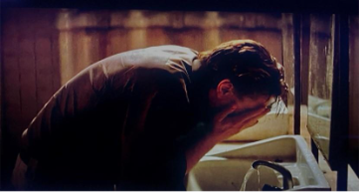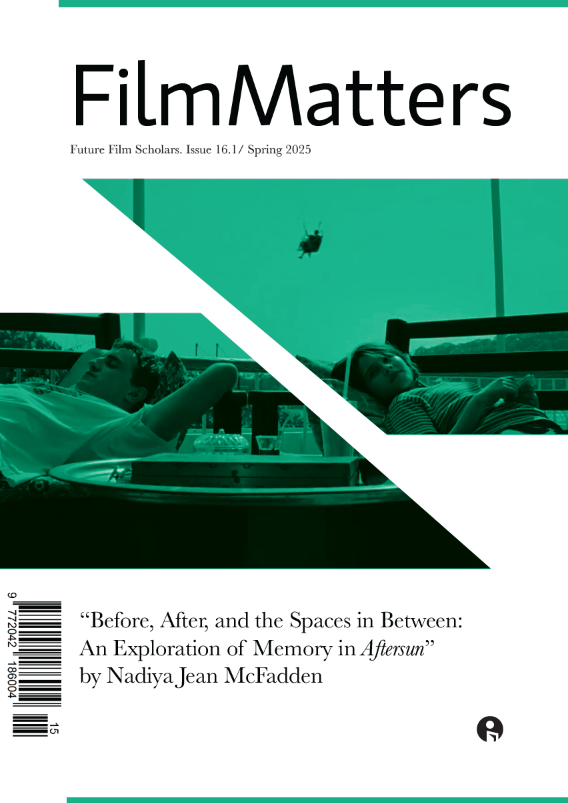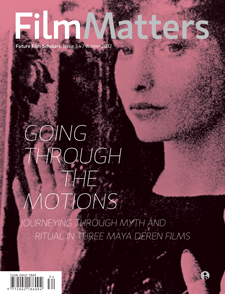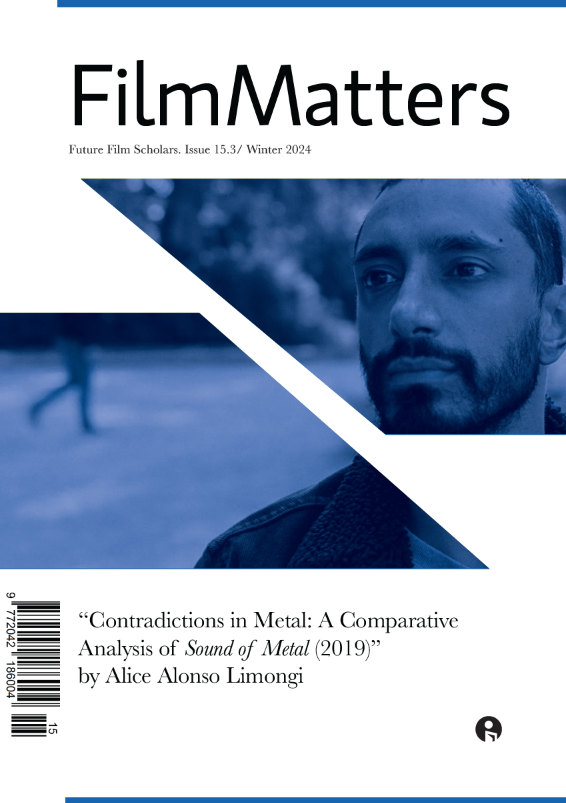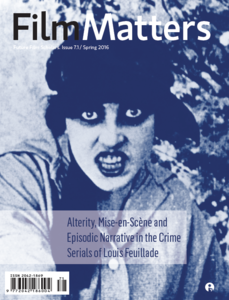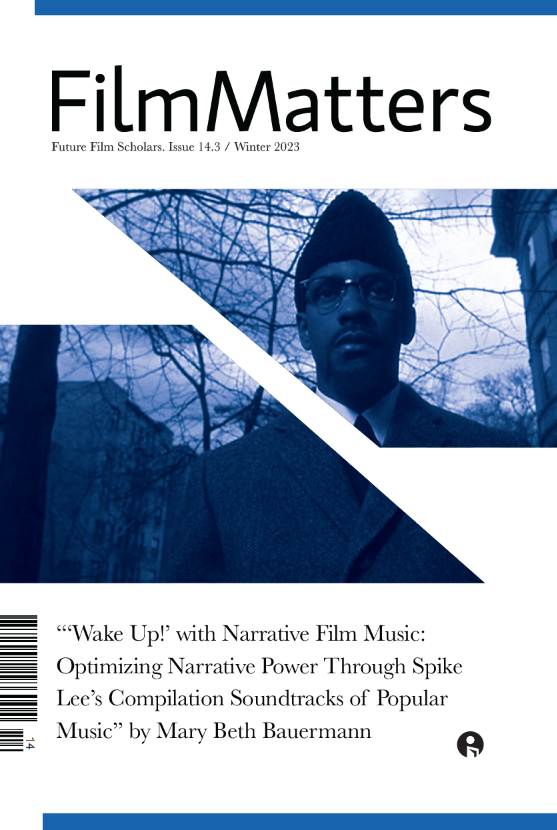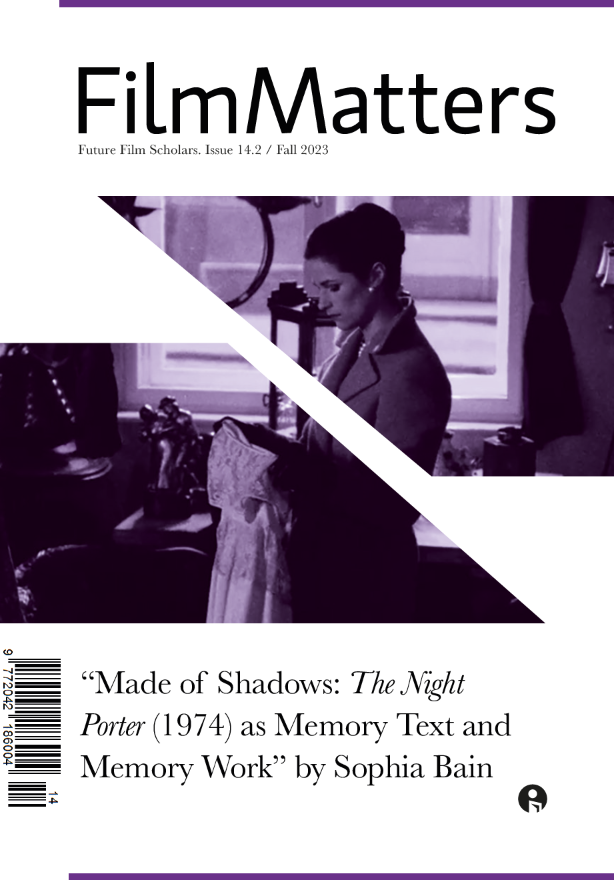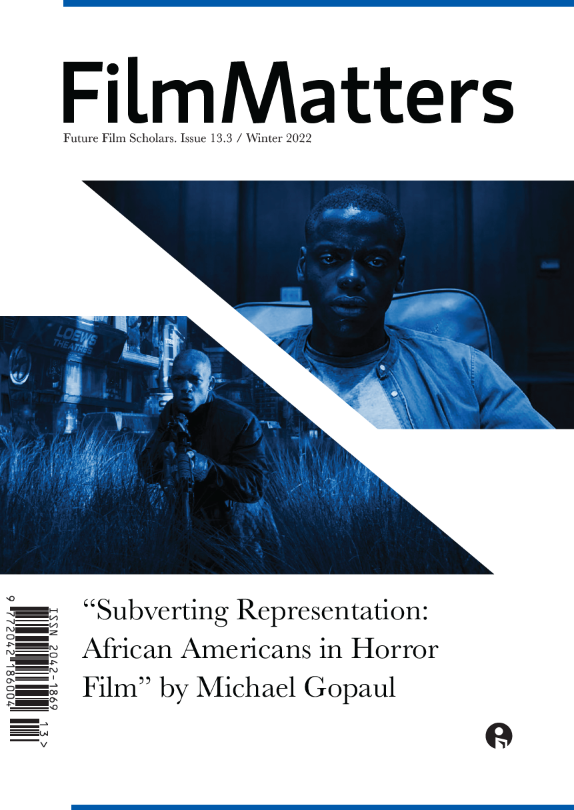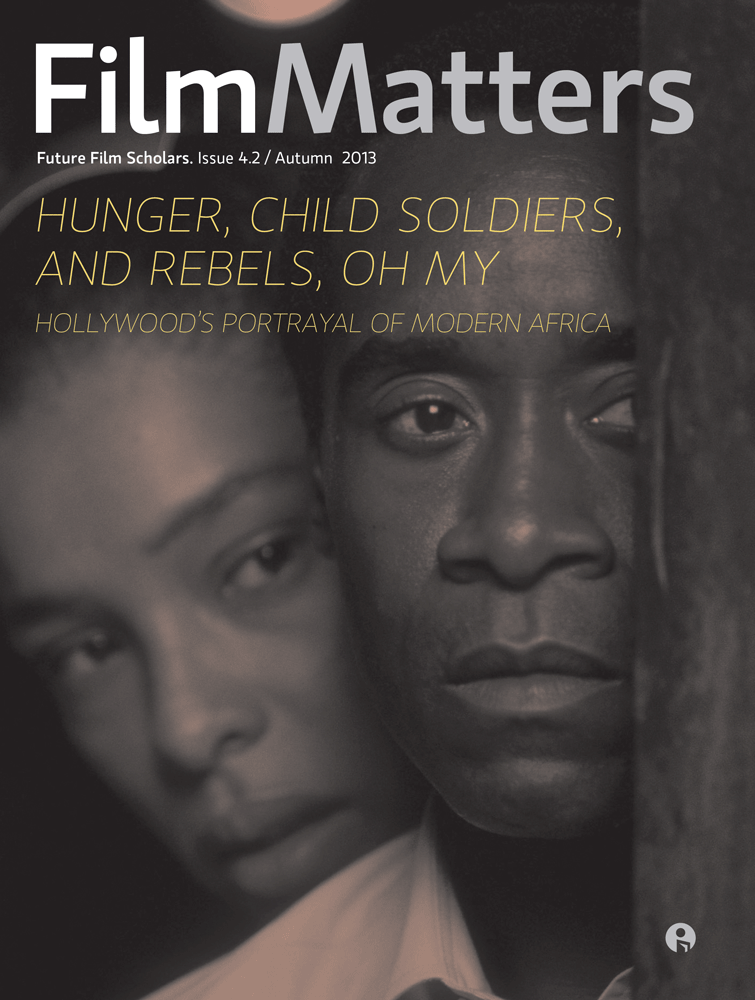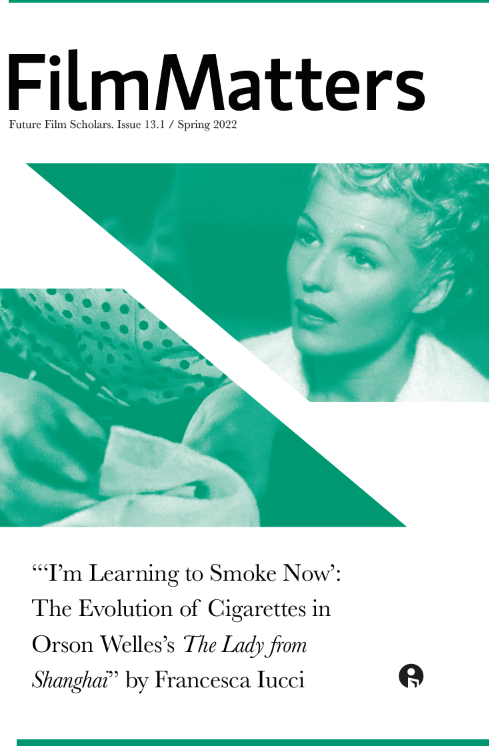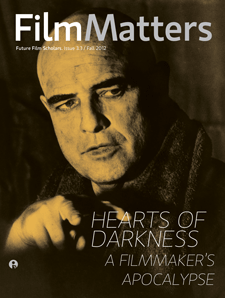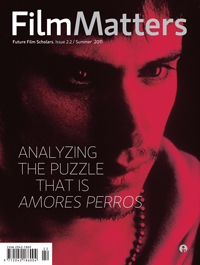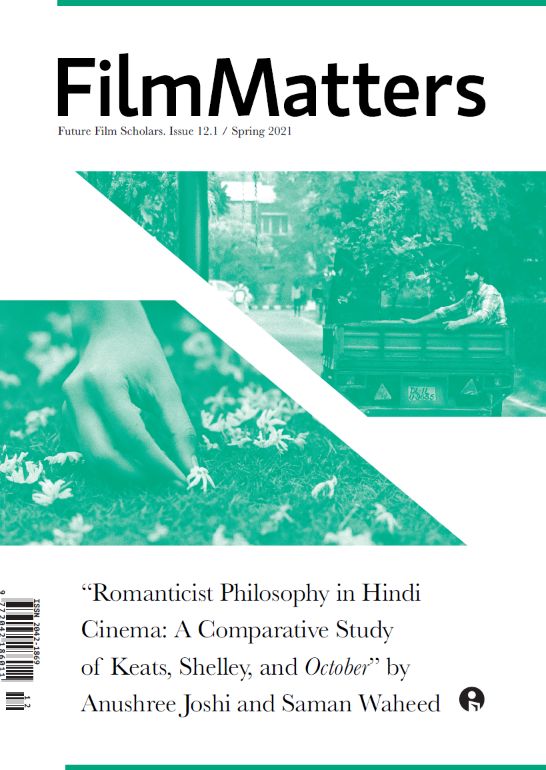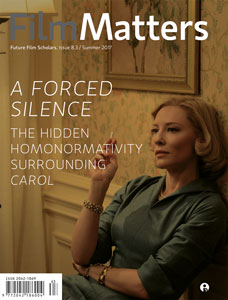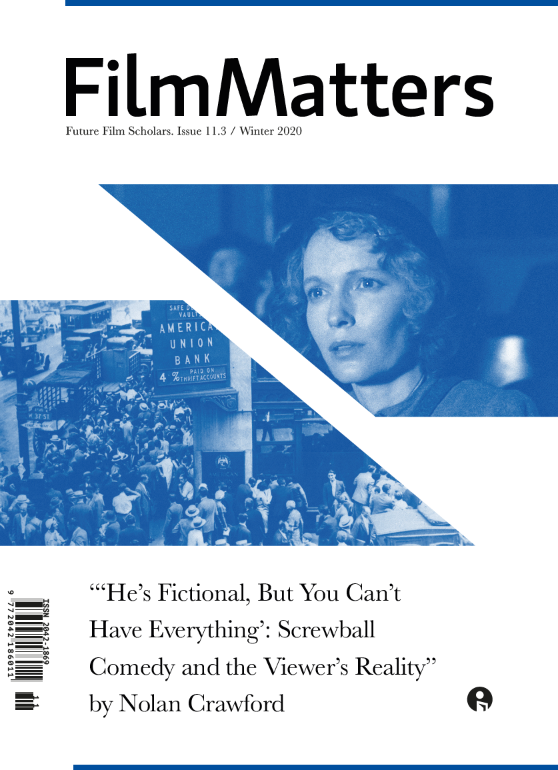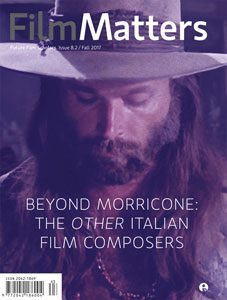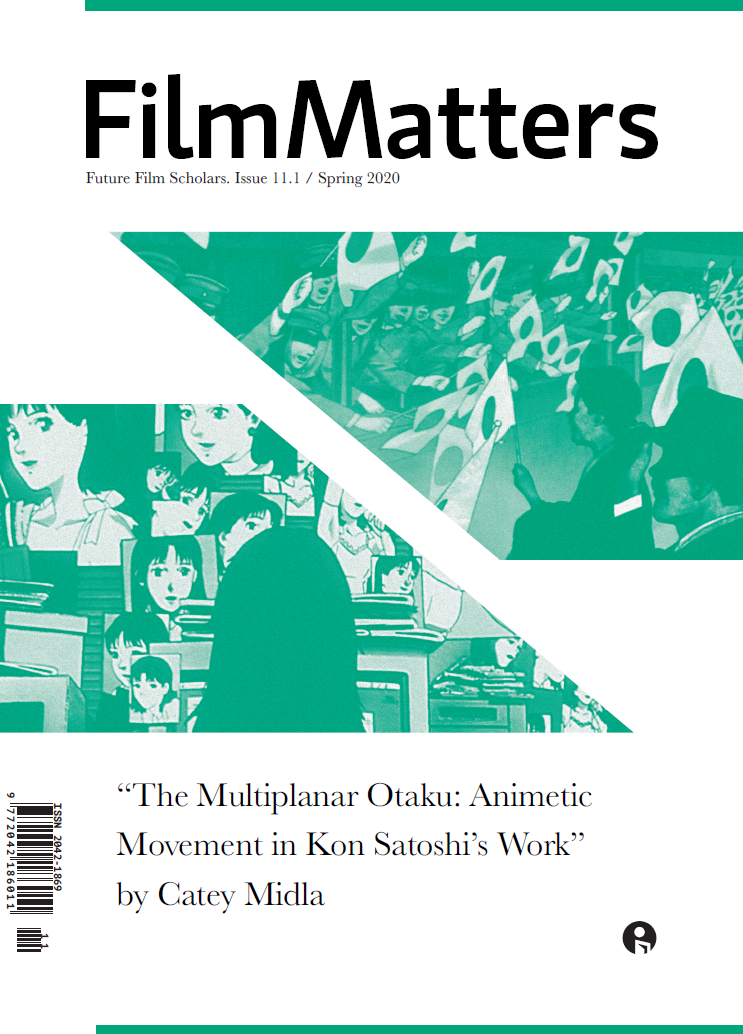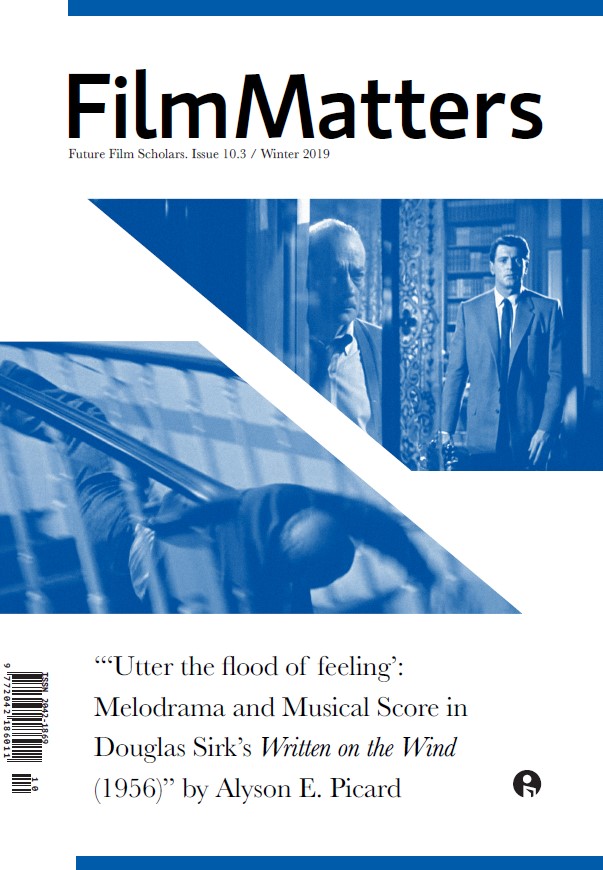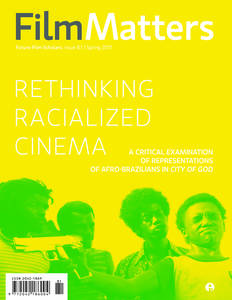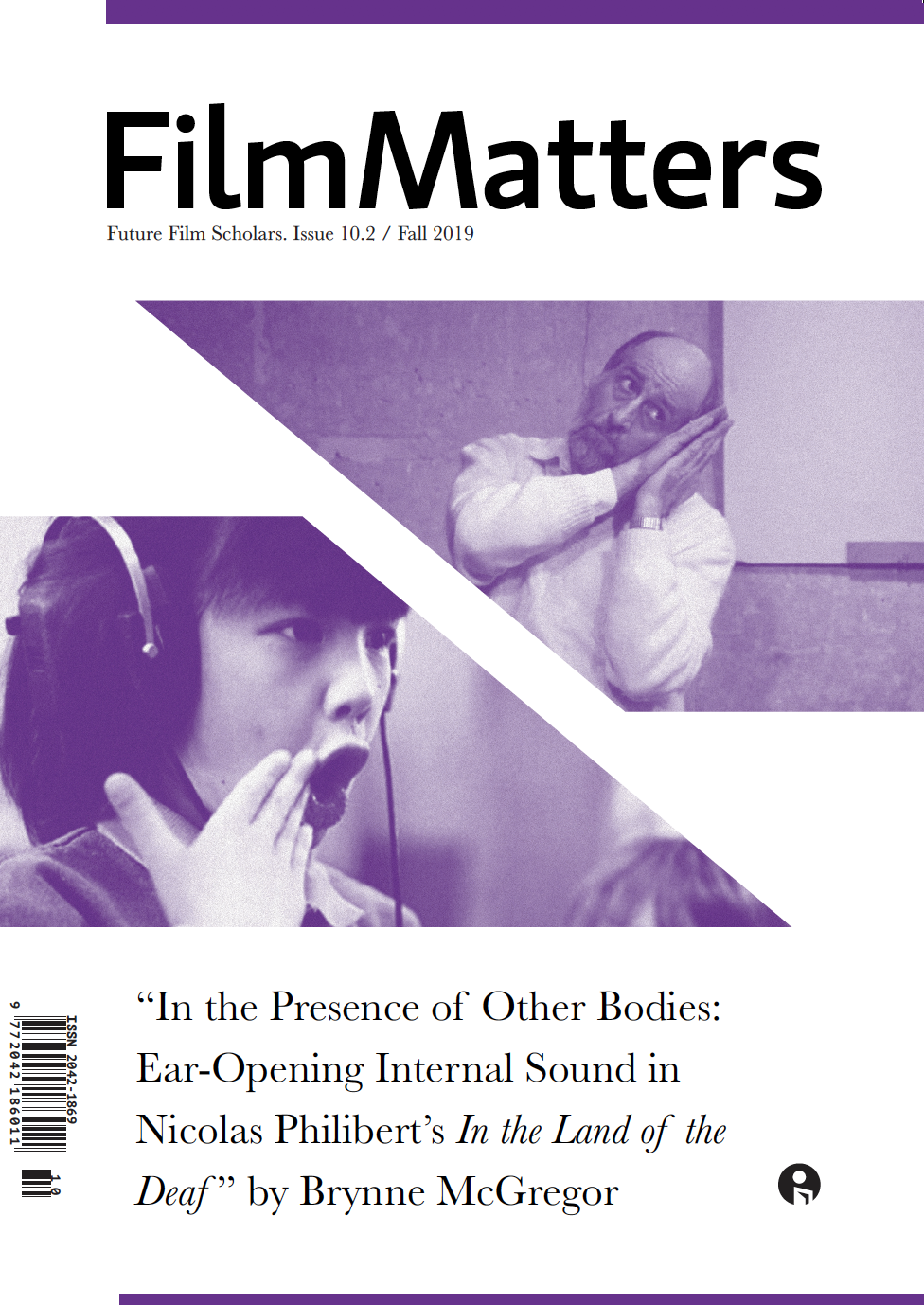From Deleuze to Baudrillard, Inception (2010) unravels like a dreadful amalgamation of every first-year film lecture I sat through years ago: long and drawn out, whilst being slightly confusing. Nolan sets out to achieve a mind-bending, puzzle film that instead reads like a failed interpretation of psychoanalytic film theory. His desire to capture dream-like experiences fails to project the true disjointed and illogical nature of dreams as he struggles to find a happy medium between too much and too little narrative continuity. Nolan himself explained that the film is an exploration of what would happen if people shared a dream space, where an individual can access another person’s unconscious mind (Nolan and Thomas). Freud in The Interpretation of Dreams discusses the nature of unconscious dreaming; “the mind, as a result of its being turned away from the outer world during sleep, is not capable of giving interpretation to the objective sensory stimulus, but is forced to form illusions on the basis of the indefinite incitements from many directions” (Freud 186). The Nolan approach to capturing the unconscious mind fails to indulge in the true irrational nothingness that dreams evoke.
The film lacks significant uncanniness or weirdness, diminishing any relation to the human experience of dreams. Both reality and the dream world are realized physical places where nothing is different: the consciousness of the characters are undeniably the same within both spaces. The lack of visual effects makes the dream space a very easy world to understand and conceptualize, especially as each dream also follows a cohesive narrative structure. Soft coloring, lighting distortion, and the use of liminal spaces are significantly lacking within the dream space of the film. Even the world that Mal and Cobb co-create makes logical sense as Mal even conceives a replica of her childhood home. While within this dream, Cobb explains to Ariadne how him and Mal wanted a house in an apartment building which seems to be the most outlandish creation that Nolan could imagine. Each dream within another dream, has its own plot and each character has their objective goal: Arthur to find ways to kick each person so that they wake up, and Eames and Cobb to deceive Fischer into giving them the safe combination. There is no divide between the conscious mind and subconscious self as each character remembers everything from objective goals to real memories while asleep. The viewer is aware every time a character is in a dream as we see them sedating themselves paired with a hard cut, which emphasizes traditional narrative continuity. If Nolan opted for a different transition than a simple hard cut, the film’s dream world may be understood as a more fluid realm, one that closer resembles the illogical nature of dreams. Lynchian exploration of the subconscious is an illustrative contrast when critiquing Nolan’s attempts as these films rely heavily on bizarre and absurd narratives, characters, and events, completely unable to ground the film within any recognizable reality. There are no differences between the real world and dream state in Inception which differs from Lynch’s examination of dreams where his characters’ realities and dreams are blurred to hide the boundary between the two spaces. Lynch uses soft lighting, lens flares, and unusual sound designs – or lack thereof – to create liminal spaces where the viewer is constantly unaware of any narrative logic.
The slight amount of work Inception attempts to capture the human subconscious is completely erased by the lack-luster ending. Not only is the ending completely unsatisfying, but it also obliterates a sense of meaning as we are forced to confront the idea that the entire film may have indeed been a dream. The never-ending spinning top in the final scene does not create the shocking illusion that Nolan desires as we see it previously in the film. After Cobb first dreams about Mal, he flounders to spin the top in the bathroom where we never see the top topple over: are we supposed to assume that the entire film is a dream? Not only is this ending the cheesiest, cheapest, and most frustrating way to end a film, but it completely negates any bit of meaning from the constant back and forth between Cobb’s dreamworld and his reality. It privileges the idea that now his life (which we just sat through and watched for two and a half hours) is meaningless or that the viewer should simply not care whether his experiences were real. The film’s attempts at narrative complexities fall short as each scene still contrives meaning; the absence of meaningless subliminal instances significantly harms Nolan’s desires to replicate dreams. The ending evades a confrontation, with plot holes and explanations regarding the interpretation and meaning of dreams struggling to provide true substance and thematic messaging.
References
Freud, Sigmund, and A. A. Brill. The Interpretation of Dreams. MacMillan Co, 1913.
Nolan, Christopher, and Emma Thomas. Interviewed by Steve “Frosty” Weintraub. WayBack Machine, 25 Mar. 2010, https://web.archive.org/web/20100327204348/http://www.collider.com/2010/03/25/director-christopher-nolan-and-producer-emma-thomas-interview-inception-they-talk-3d-what-kind-of-cameras-they-used-pre-viz-wb-and-a-lot-more/. Accessed 16 Mar. 2025.
Author Biography
Erica Freeman-Carter was born in 2002 in Barrie, Ontario. She is currently an undergrad student currently enrolled in Film Studies at Wilfrid Laurier University in Waterloo, Ontario. After her undergrad, she is then going to Vancouver Film School to study Film Production in late 2025.

